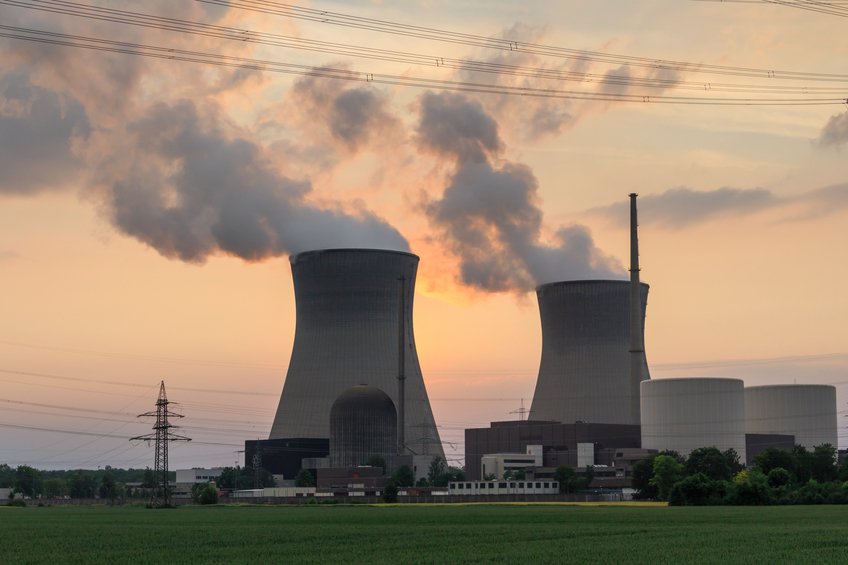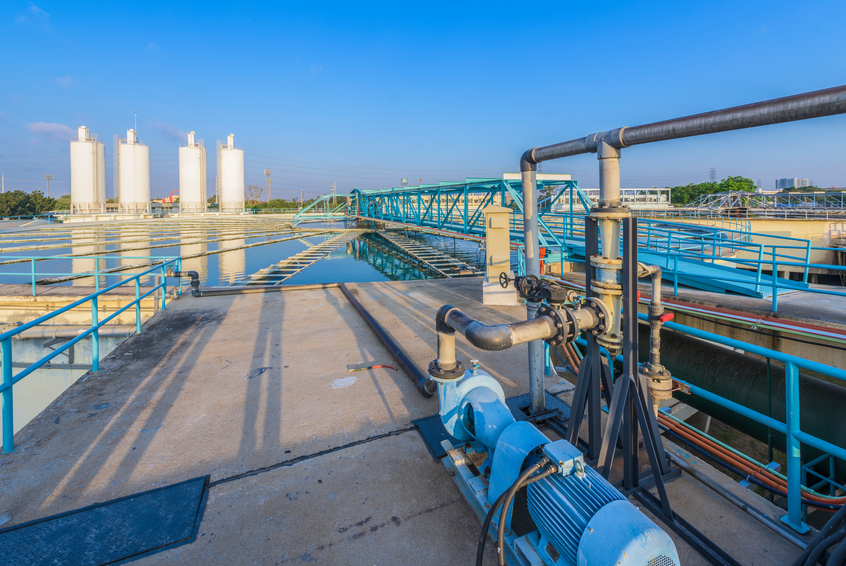Texas Industrial and Ethics 15 PDH Discount Package 2
Courses in this Package
Atomic and Nuclear Physics (N05-001)
Detectors and Indicators for Industrial Facility Systems (D05-002)
Design of Industrial Radiography Installations (N03-003)
Determining Negligence in Engineering Failures (LE2-012)

This online engineering PDH course provides a fundamental understanding of atomic and nuclear physics. It introduces the basic concepts of atomic physics including the atomic nature of matter, the chart of the nuclides, radioactivity and radioactive decay, neutron interactions and fission, and the interaction of radiation with matter.
This 5 PDH online course is applicable to industrial and nuclear engineers, construction and design personel, technical staff and facility operators who are interested in gaining a better understanding of atomic and nuclear physics.
This PE continuing education course is intended to provide you with the following specific knowledge and skills:
- Understanding Atomic Nature of Matter
- Knowing the Chart of the Nuclides
- Learning about Mass Defect and Binding Energy
- Understanding Modes of Radioactive Decay
- Learning about Radioactivity
- Learning about Neutron Interactions and Nuclear Fission
- Understanding Energy Release from Fission
- Understanding Interaction of Radiation with Matter
In this professional engineering CEU course, you need to review Module 1, "Atomic and Nuclear Physics" of the Department of Energy Publication DOE-HDBK-1019/1-93, "Nuclear Physics and Reactor Theory".
Upon successful completion of the quiz, print your Certificate of Completion instantly. (Note: if you are paying by check or money order, you will be able to print it after we receive your payment.) For your convenience, we will also email it to you. Please note that you can log in to your account at any time to access and print your Certificate of Completion.

This online engineering PDH course provides a basic understanding of instrumentation and control necessary for safe operation and maintenance of energy facilities and their support systems. In particular, this course describes the principles of construction, operation, and failure modes for various types of detectors including temperature detectors, pressure detectors, level detectors, flow and position indicators.
This 5 PDH online course is applicable to mechanical, industrial and nuclear engineers, construction and design personnel, technical staff and facility operators who are interested in gaining a better understanding of detector applications.
This PE continuing education course is intended to provide you with the following specific knowledge and skills:
- Learning the different types of equipment detectors and indication circuits
- Understanding the operation of equipment detectors and indication circuits
- Knowing the failure modes of equipment detectors and indication circuits
In this professional engineering CEU course, you need to review Modules 1 through 5 of the Department of Energy Publication DOE-HDBK-1013/1-92, "Instrumentation and Control".
Upon successful completion of the quiz, print your Certificate of Completion instantly. (Note: if you are paying by check or money order, you will be able to print it after we receive your payment.) For your convenience, we will also email it to you. Please note that you can log in to your account at any time to access and print your Certificate of Completion.

This online engineering PDH course provides guidance for the design of an industrial radiography installation.
Industrial radiography is a non-destructive method of looking for defects in materials by examining the structures of welds, castings, and building components. Certified personnel use high-activity sealed nuclear substances in certified exposure devices. Industrial radiography work is done inside buildings under controlled conditions and is also carried out in the field in adverse weather.
Whenever possible, industrial radiography equipment should be used inside an industrial radiography installation, to protect workers and minimize radiation exposure to any other person. The design principles will help ensure that the radiography installation performs as expected and provides the necessary level of safety to control radiation exposure. Radiography installations must comply with all applicable national, provincial/territorial and municipal safety codes, including those for building and fire protection.
This 3 PDH online course is applicable to nuclear and industrial engineers as well as other professionals who are interested in learning more about industrial radiography and the safety measures taken when installation.
This PE continuing education course is intended to provide you with the following specific knowledge and skills:
- Familiarizing with the relevant legislation under the Nuclear Safety and Control Act
- Learning the general design principles of industrial radiography
- Understanding the engineered controls that ensure that the dose are within limits
- Learning how to control radiation exposure through distance shielding and skyshine
- Knowing the security measures
- Identifying the administrative controls to control exposure to radiation such as placing limits on nuclear substance type and monitoring human presence prior to exposure
- Learning about the construction, commissioning and the operation of radiography equipment
- Knowing how to calculate the dose of radiation using the five-step method
Upon successful completion of the quiz, print your Certificate of Completion instantly. (Note: if you are paying by check or money order, you will be able to print it after we receive your payment.) For your convenience, we will also email it to you. Please note that you can log in to your account at any time to access and print your Certificate of Completion.

This engineering online PDH course will establish conditions under which, when an engineering failure has occurred, it can be attributed to negligence.
Five causes of failure are proposed: negligence, rare failure mode, overlooked failure mode, new (previously unrecognized) failure mode, and incorrect assessment of a known risk. Negligence is the only cause that involves failing in an ethical duty. These concepts are illustrated with five case studies of failures ranging from gross negligence to absolutely unforeseeable events: 1) the Great Boston Molasses Flood of 1919, for which a new possible cause was identified 95 years later (2014); 2) a building collapse in Bangladesh in which over 1,000 people died—one of the worst structural engineering disasters in history; 3) a meteorite strike of a private residence; 4) the crash of the British-French Concorde supersonic airliner, caused by an unlikely tire blow-out; and 5) radiation overdoses received by patients treated by the Thorac-25 medical linear accelerator, caused by errors in the software controlling the machine.
The 2 PDH online course is intended for engineers concerned with ethical behavior in engineering practice.
This PE continuing education course is intended to provide you with the following specific knowledge and skills:
- Understanding the definitions of negligence and standard of care
- Relating safety to risk
- Knowing the principle of Knightian uncertainty
- Avoiding the retrospective fallacy in accident investigations
- Avoiding the fallacy, in accident investigations, of assuming perfect engineering practice
- Using the results of failure investigations appropriately
- Being aware of the negative effects of punishment on learning from accidents
- Categorizing the general causes of engineering failures
Upon successful completion of the quiz, print your Certificate of Completion instantly. (Note: if you are paying by check or money order, you will be able to print it after we receive your payment.) For your convenience, we will also email it to you. Please note that you can log in to your account at any time to access and print your Certificate of Completion.